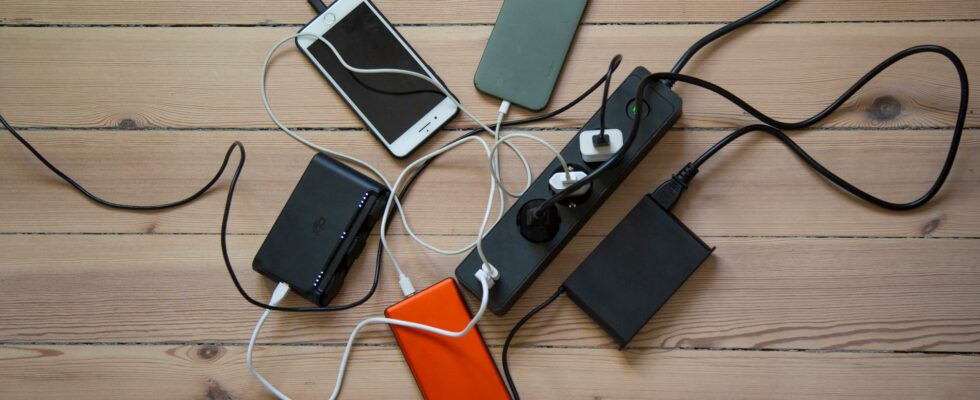unsaveSave
expand-left
full screen
chevron-rightnext
The number of fires linked to the charging of electrical gadgets has increased sharply in the last five years. Archive image.
1 / 2Photo: Ezra Brismo/TT
Do not charge the electric scooter in the hall or the mobile phone on the sofa – and keep an eye on the battery’s temperature. These are some of the expert tips on how to avoid starting a fire at home with your rechargeable gadgets.
The number of fires and fire incidents linked to the charging of electrical gadgets has increased sharply in the last five years as we have more and more rechargeable products.
According to statistics from the Swedish Public Safety Agency (MSB), there were 55 fires or fire incidents that started in batteries or battery chargers in 2018. In 2023, the corresponding figure was 110, an increase of 100 percent.
The lithium-ion batteries that are today in an increasing number of products such as electric bicycles, electric scooters, computers and tools do not burn more often than other products. But once they do, the process is incredibly fast and the consequences can be far-reaching.
That’s according to Per Samuelsson, head of department at the Swedish Electricity Safety Administration, and has several tips on how to charge safely. The first thing is to read the instruction manual.
– If you read your instruction manual, it usually says that the battery must have reached room temperature before charging. If you charge a very hot battery because you rushed home with your e-bike, perhaps, or if it has been outside and become very cold, there is an increased risk of fire, says Per Samuelsson.
Increased risk
Another risk is if the battery has suffered “mechanical damage”.
– Even mechanical damage to this type of battery can cause it to catch fire when charging. If it has been knocked or dropped, it may mean an increased risk.
If a lithium battery catches fire, the fire progress is very fast.
– It can almost be regarded as an explosion. There will be such a chemical chain reaction that partly creates a very high temperature that causes the battery to almost spontaneously combust, says Samuelsson.
Burning lithium batteries are also difficult to extinguish and battery fires can spread quickly.
– If you charge your electric scooter in the hall where clothes are hung in an apartment, you have, in the worst case, blocked the only way out if a fire were to start.
Skip the couch
The risk of spreading is also the reason why you should not charge your mobile phone or laptop on the couch or bed. And when it comes to all charging, according to the Swedish Electrical Safety Authority, they must take place “under supervision”.
– This does not mean that you should stand and stare at your battery when you charge it, but it does mean that you should be at home and you should be awake. You can sometimes go and feel the battery so that it doesn’t feel very hot. When charging is finished, pull out the plug, says Per Samuelsson.
FACT Tips for safe charging at home
There are several steps to take to safely charge lithium-ion batteries at home:
1. Read the instruction manual.
2. Make sure the battery is at room temperature.
3. Do not charge near flammable materials.
4. Charge with the right charger for the right battery. Even if a different connector fits the battery, it may be a different charging voltage, which can increase the risk of fire. (Does not apply to USB charging).
5. Pay attention to whether there is a mechanical damage to the battery.
6. Buy CE-marked batteries that state who manufactured and sold them.
7. Charge under supervision. That is, be at home and awake when you charge.
Source: Per Samuelsson, head of department at the Swedish Electrical Safety Authority
Read more
